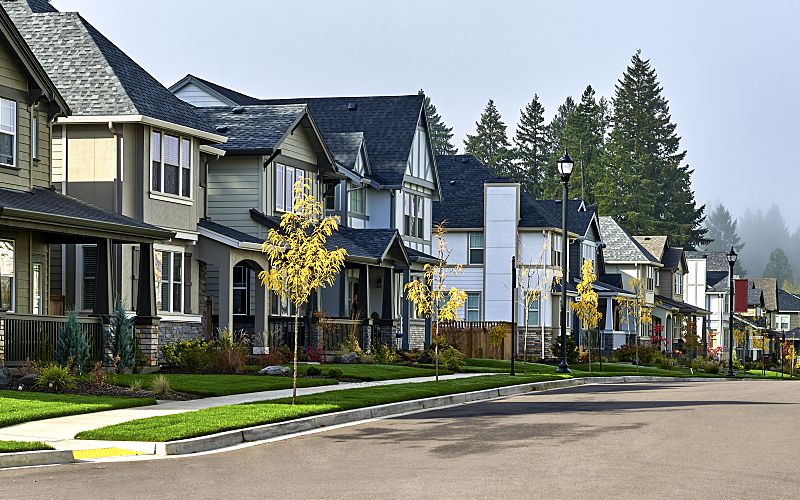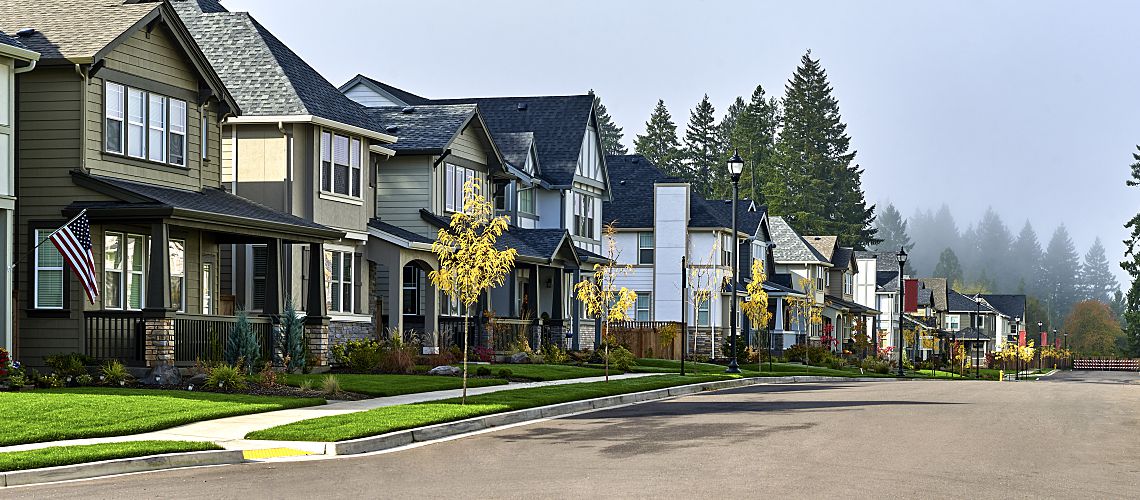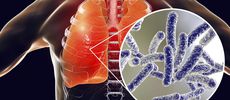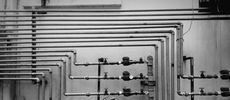Legionella Pneumophila Occurs Sporadically, EPA Study Finds


In a study by the Environmental Protection Agency (EPA) published in the Journal of Applied Microbiology, researchers found that the bacteria Legionella pneumophila, Legionella pneumophila serogroup 1 (Sg1), and Mycobacterium avium occurred sporadically in water samples from taps at residences and office buildings around the country.
While the presence of microorganisms in a water supply doesn't lead to disease by itself, the researchers said, infections can develop when vulnerable people inhale aerosols contaminated with the pathogens — with Legionella linked to legionellosis (and, therefore, Legionnaires' disease) and Mycobacterium avium to pulmonary nontuberculous mycobacterial (NTM) disease.
But what do the EPA's findings mean for building managers and water labs? For starters, the lack of a pattern between incidences of bacteria illustrates the need for thorough water testing and prevention efforts across a range of buildings — large and small, commercial and residential.
"The study is important because residences are often suspected to be the source when a case of disease is reported," wrote the researchers. "These data demonstrate that this may not be the case for a sporadic incidence."
Methodology of the EPA's Study
The study monitored cold water from 108 taps between January 2009 and November 2014. Of the taps, 65 were in office buildings and 43 were in residences actively occupied year-round. Hotels were not included in the study.
The team sampled kitchen sinks, bathroom sinks, utility sinks, drinking water fountains, and refrigerator door dispensers at buildings across more than 30 states, a federal territory, and a federal district. At three different time points over a year, the researchers collected cold water 15 seconds after it started flowing, packed the samples with ice, and shipped them for next-day delivery. The samples were then tested to determine if traces of Legionella or Mycobacterium avium were present, and if so, whether they were sporadic or persistent.
Pathogen Occurrence in Samples
The researchers sought to better understand the pathogens' structure type and occurrence patterns. Were they sporadic, meaning only one of three sampling events tested positive? Or were they persistent, with repeated detection at more than one water sampling event performed over the course of a year?
The team used quantitative polymerase chain reaction (qPCR) to evaluate samples for pathogens. They detected Legionella pneumophila in 41% of the stuctures (38% of taps) , Legionella pneumophila Sg1 in 25% of structures (23% of taps), and Mycobacterium avium in 45% of the structures (42% of taps.)
"The occurrence of the pathogens in water was found to largely be sporadic with only a small portion of on-premise plumbing taps sampled demonstrating persistence," the researchers wrote.
A quarter of the taps sampled had persistent detections for Legionella pneumophila; fewer than 12% had persistent detections for Mycobacterium avium and Legionella pneumophila Sg1. This overall lack of persistence suggests there's a lower likelihood of an outbreak than of a single or sporadic case in a family or work environment, the researchers noted. The findings support claims that 97% of legionellosis cases in the U.S. are sporadic and community-acquired, and that most cases of NTM disease are also sporadic community-acquired. Further, they suggest that sporadic occurrences of the disease could be even more frequent than the percentages indicated, as the study only investigated three samples taken over the course of one year.
Factors Affecting Likelihood of Contamination
The study found that both Legionella pneumophila overall and L. pneumophila Sg 1 were detected just as often in residential and as in office environments, indicating that both should be considered potential dissemination sites. That said, water samples from office buildings had a higher persistence rate for Legionella pneumophila Sg1 than the residential samples.
Building size did not impact test results, but the study cited subtle connections between contamination and both the age of the buildings and the distribution systems' water stagnation.
The researchers observed persistent Legionella pneumophila in residences 40 years and older, and persistent Legionella pneumophila Sg1 in residences more than 100 years old. There was also a statistically significant difference between newer residences and ones that were older than 20 years, with older residential buildings demonstrating higher persistent detection rates.
Additionally, water stagnation — defined in the study as increased water age, lack of movement, and lack of disinfection residual — could also create areas in distribution systems where microorganisms flourish before moving along to taps. Biofilm formation is especially likely in vacation homes and large office buildings, the study said, where taps are used infrequently or not at all for large periods of time.
Advising Customers on Risk Management
For water lab managers, the sporadic patterns of Legionella — and its ability to contaminate private residences and large facilities alike — mean education on Legionnaires' disease risk management and prevention is all the more critical. But if a customer does receive a positive result, be there to guide them on what to do next. A study published by the American Society for Microbiology is a good resource on the efficacy of two common Legionella disinfectants for lab managers to recommend to building owners.
Armed with a better understanding of the occurrence patterns of waterborne pathogens, lab managers can spread the word about the causes and risk factors for contamination, which in turn improves prevention and mitigation efforts. Remember, your lab plays a key role: By working with researchers, building managers, and environmental engineers, you can do your part to reduce exposure risk and ultimately protect public health.






